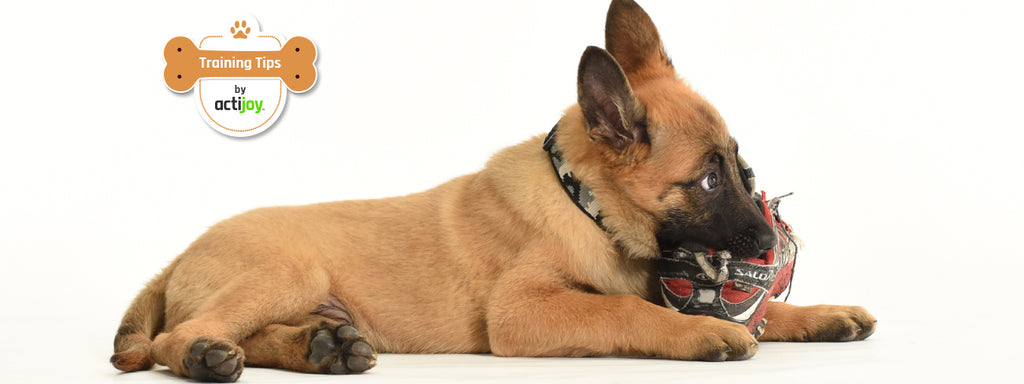Adult Dog Retraining: Common Behavioral Problems
In the next installment in our adult dog retraining series, we will discuss common behavioral problems in adult dogs, and how to overcome them.

Whether you have owned your dog for its entire life or recently adopted a new pet, bad behaviors sometimes arise. Listed here are ways to overcome common problems.
Begging
Begging is a bad behavior that tends to develop over time, often because the dog’s behavior has been inadvertently reinforced. The key to retraining an adult dog not to beg is to give the animal no attention whatsoever when it begins to whine or cry. If the begging occurs during mealtimes, it can be helpful to move the animal to another room. Although it can be difficult for dog owners to ignore this bad behavior, the animal will not stop whining, crying, or begging until he or she learns that the behavior does not result in the desired outcome.
Nipping
The first step in overcoming nipping is to determine the root cause of the problem. If the dog is nipping aggressively, a professional dog trainer should be consulted. However, some dog breeds become overexcited and allow their natural tendencies to take over, particularly if they are from the herding or sporting groups. If your dog nips during playtime or when there is a lot of commotion in the household, this behavior can usually be overcome without the help of a professional.
If nipping occurs during play, the best course of action is to let out a loud “yelp” of your own and cease playing with your dog entirely. In this way, your dog will learn that the bad behavior results in the loss of a playmate. Similarly, if your dog nips “herd” the other humans or animals in your household, removing your dog from the situation is best. Again, teaching your dog that certain behaviors result in the removal of attention goes a long way when retraining an adult dog.
Barking
Barking is a serious nuisance behavior, especially if you have neighbors. One method for overcoming excessive barking is to teach the “speak” and “quiet” commands. First, start with “quiet.” Create a situation that will elicit your dog to bark, such as a knock on the door. After your dog lets out a couple of barks, get your dog’s attention with a high-value treat or toy. When your dog stops barking, give your dog praise and a treat. After your dog gets the hang of this exercise, overlay the “quiet” command.
Next, teach your dog to bark on command. The next time your dog begins to bark, excitedly say “speak” and give him or her a treat. Follow up the behavior with “quiet” in order to silence your pet.
Ultimately, nuisance behaviors can be troublesome for owners of adult dogs. However, they do not have to negatively impact your life with your pet.
Be sure to subscribe to our blog to receive the final installment in the series on retraining an adult dog!
Please note: all dogs should be treated as individuals. The Actijoy blog is for educational and entertainment purposes only. In case of emergency, always seek qualified healthcare from a local veterinarian or emergency facility. Actijoy blogs are not designed to treat, diagnose, or prescribe medication for your pet.



